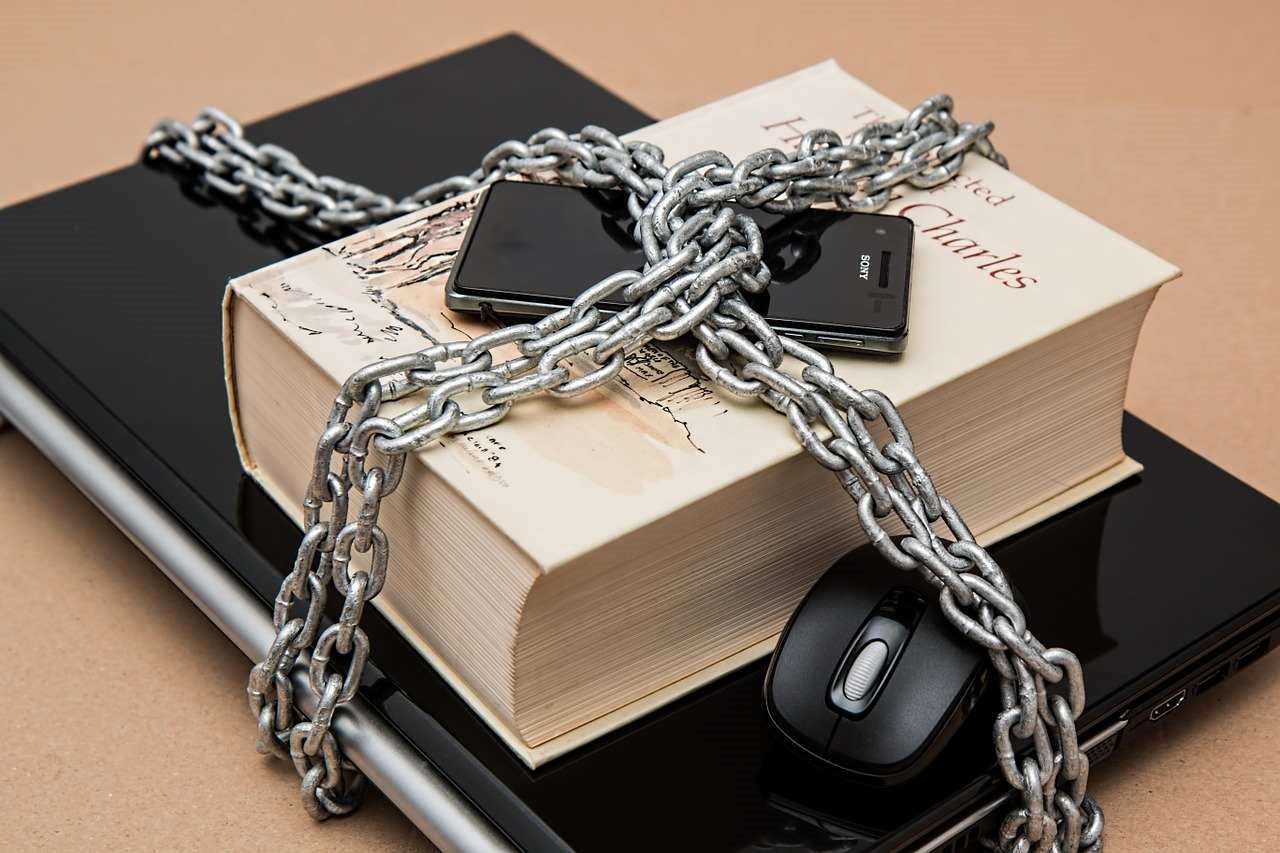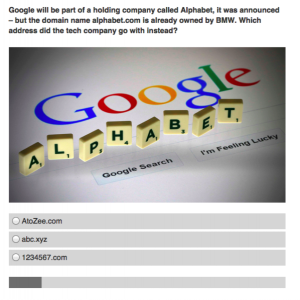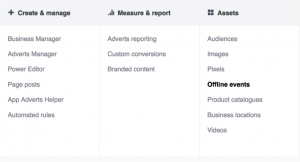— September 9, 2019

Keeping your business secure from criminals or opportunists should be a priority for a small business owner. However, many small business owners fail to implement proper security strategies to protect a small business since they are under the mistaken belief that only larger businesses with more valuable assets are targeted by criminals.
When considering what it takes to protect a small business, there are security measures related to physical property, data, and intellectual property. It’s not just the cost associated with replacing the items that are stolen. Replacing a stolen laptop may be easy, but dealing with a data breach and the inadvertent disclosure of sensitive information to other parties or the loss of intellectual property can be highly damaging to a business.
Here are three things every business owner should consider when it comes to developing a plan to protect a small business.
Physical Spaces
Criminals are far less likely to target a business if it employs physical security measures. Physical securities include things like, locks, lights, cameras, and other monitoring equipment.
To protect a small business, you will want to install high-quality locks with deadbolts on all exterior doors. Locks with deadbolts can also be used on interior doors where you want access to be limited to only a few persons holding a key.
Since crimes are often perpetrated by employees, you may not only need to control access to physical spaces on an individual level, but also have access accountability and be able to control for human errors. That is why I am a big fan of a magnetic door locking systems with either a keypad entry system or magnetic access card. Each employee is provided a unique code or card, and any time access is granted, the date, time and the person’s code creates a record that the business can access if it suspects foul play.
Moreover, with the use of magnetic locks, you can define the hours where the door is automatically locked or remains open for visitors. In this way, it is not the last person out the door’s responsibility to lock the doors. For example, at 5:00 pm each day, we set the doors to automatically lock. If you use a magnetic lock with keypad, be sure to occasionally change the access code, especially when an employee quits or is fired.
Remove exterior items near windows and doors where an intruder can hide their activities, and invest in external lighting so there are no dark spots along the exterior of the building.
Teach your staff to look out for suspicious activities and individuals. Make it clear that it is perfectly fine to challenge anyone that they do not know.
Invest in a surveillance security system that is monitored by an outside company, so emergency personal will be notified automatically, and video and/or pictures are stored off-site. Be sure to install motion detectors near windows that will detect if the windows are broken or opened outside of normal business hours. As a deterrent, be sure to post clear signage to show would-be intruders that they are on camera, and should not consider any criminal activities.
Data
Did you know that 43% of cyber-attacks target small businesses? This happens since many small business owners fail to have proper safeguards in place, and are more likely to be unprepared to deal with the fallout of a cyber-attack.
Data loss through employee error or hacking is one of the leading causes of small business failure. Data breaches are not only expensive, but can also lead to serious trust issues with customers, partners, and suppliers. Small business owners should conduct regular audits of their technology and security procedures in an effort to mitigate the impact.
The following are several suggestions to protect a small business from data breaches and cyber-attacks.
Install a business-class firewall. Home routers are cheap but do not allow you to change many of the default settings. Since security threats evolve daily, you need a business-class firewall that ensures threat definitions and your system’s firmware is up to date and monitored 24-7-365.
Purchase a good anti-virus/anti-malware application, and make sure that you understand and use its features.
Make sure all applications and plugins are all up to date, as many hackers take advantage of security holes. Once aware, tool developers will plug security holes and send out either an update, patch, or a whole new version. This includes making sure that you check for updates for your operating system, and all development tools.
One of the most vulnerable points of any small business for a cyber-attack is via email. Phishing is the practice of sending fraudulent email messages that appear to come from a reputable source. Instruct employees not to click on any links, download files, or open attachments from anyone that they did not directly solicit information from, unless they are absolutely sure that the source of the email is from someone that they know and trust. Be particularly cautious of links with shortened URLs or files with odd file extensions.
Consider using an enterprise-level email filtering tool to filter spam and emails from known disreputable sources.
It is always a good idea for any business to invest in automatic backup software so that if you are attacked, you can at least roll back to a time before you were hacked.
Cyber Liability Insurance is becoming an essential part of doing business if you store data on internal devices or in the cloud. The real cost of a data breach can be high and goes well beyond the cost to recover lost data. Real costs can include the loss of reputation when telling customers that their data has been compromised, legal fees and even compensation and damages if the business is sued. Moreover, there may be regulatory penalties and fines, as well as a loss of income. Cyber insurance often covers more than just data recovery.
Intellectual Property
Intellectual property represents assets that your business owns or want to control.
To protect a small business there are four types of intellectual property that can be protected, which are trademarks, patents, trade secrets, and copyrights.
Trade secrets
Trade secrets are ideas or concepts containing information that is not in the public domain but purposely kept secret by the owner. Trade secrets represent economic value to the business and may include such things as recipes, plans, and even designs. Google’s search algorithm is an example of a trade secret. Trade secrets have no expiration and can remain a secret forever or until disclosed.
Trade secrets should only be shared with other parties who are bound by a Non-Disclosure Agreement (NDA). You can freely download a sample Non-Disclosure Agreement from the Free Downloads tab of SteveBizBlog.
Patents
Patents are designed to protect an invention once it is in the public domain. They are used to stop anyone from using the invention without permission and/or compensation to the patent holder.
Patents are awarded for a specific period of time to allow the inventor to recoup their research and development costs. To be considered something that can be patentable, the invention needs to have a useful purpose, meet the legal definition of the novel, and be something that could easily be invented by anyone. A patent can often be expensive to secure, as well as to enforce if someone violates it.
Trademarks
Trademarks are used to protect a brand. Things that can be trademarked include the company’s name, a product’s name, a slogan, logos, symbols, sounds, smells, and even colors.
The  symbol can generally be used by any person or business to indicate that a particular word, phrase or logo is intended to serve as an identifier for a product or service.
symbol can generally be used by any person or business to indicate that a particular word, phrase or logo is intended to serve as an identifier for a product or service.
You do not have to register a trademark to use it, and many companies will opt to use the TM symbol for new goods or services in advance of and during the application process.
The ® symbol indicates that a word, phrase or logo is a registered trademark for a product or service. It must only be used in the case of registered trademarks and by the owner or licensee. It also must only be used in the regions in which you possess a valid trademark registration.
Copyrights
Copyrights protect original content, which can be written, audio, or video products, as well as designs plans and software. To be protected by copyright, the product must be written down or saved in some form of electronic format.
Creative industries are at risk of having their copyrighted materials used without permission. To stop others from stealing your intellectual property, you can register a copyright and use the copyright notice ©, with details of who owns the work and when it was published. You can also use watermarks or overlays on images and videos to warn people not to copy the content.
As a business, copyright infringement can cause you legal problems. Common forms of copyright infringements include using images without the permission of the photographer, using content from a competitor’s website and claiming it as your own, copying a design and using it in your promotions, and even using a musician’s music as part of a promotion or advertising campaign.
What your plans to protect your physical space, data, and intellectual property?
Business & Finance Articles on Business 2 Community
(25)







